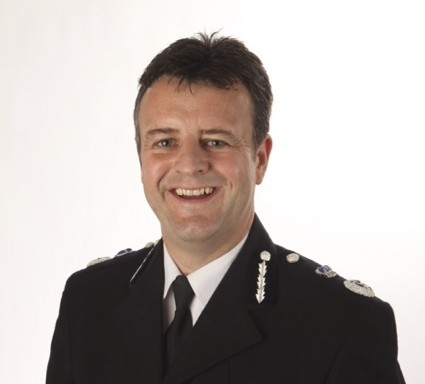An independent expert has warned that plugging gaps in depleted civilian ranks with frontline officers could damage Police Scotland.
Derek Penman, HM Inspector of Constabulary in Scotland, said maintaining an additional 1,000 officers – a flagship justice policy of the SNP – was pointless unless they were performing operational duties.
Mr Penman said that roles carried out by axed force staff were increasingly being done by officers.
He made his comments days after it emerged 46 constables and sergeants are to be taken off the beat and stationed in Dundee’s control room as it prepares for planned call centre closures in Aberdeen and Inverness.
Mr Penman said: “While the current commitment to maintaining an additional 1,000 officers is welcomed and has strengthened policing across Scotland, it can only remain effective if these officers continue to carry out operational policing roles.
“In the absence of a long-term vision of policing, a wider workforce strategy and a clear financial strategy, there is a real risk that financial savings will continue to focus primarily on reducing police staff.”
Her Majesty’s Inspectorate of Constabulary Scotland (HMICS) said it had witnessed the reduction in skilled police staff, increases in overtime and increased use of police officers in corporate functions and other settings, a phenomenon known as backfilling.
Mr Penman added: “This is not sustainable in the medium to longer term.”
He said a proper strategy was needed following a “wider discussion around the new financial settlement for policing and the reforecasting of achievable savings”.
Mr Penman’s intervention flies in the face of Scottish Government and Police Scotland claims that “backfilling” is not a formal policy.
Deputy Chief Constable Neil Richardson said earlier this month that “there is no policy on wholesale backfilling’.
North-east MSP Alison McInnes said: “SNP ministers have always insisted that backfilling is not a problem for Police Scotland but this report from HMICS makes clear that police officers are being pulled off the street and put into back offices.
“We have seen reports of officers being forced to work overtime in control rooms despite not having proper training on IT systems.
“With control rooms having experienced major technical problems the absence of specialist staff is a real cause for concern.”
The Scottish Government said it remained committed to keeping police officer numbers at 1,000 higher than in 2007, which means the force must have at least 17,000 officers however deep the cuts it faces.
